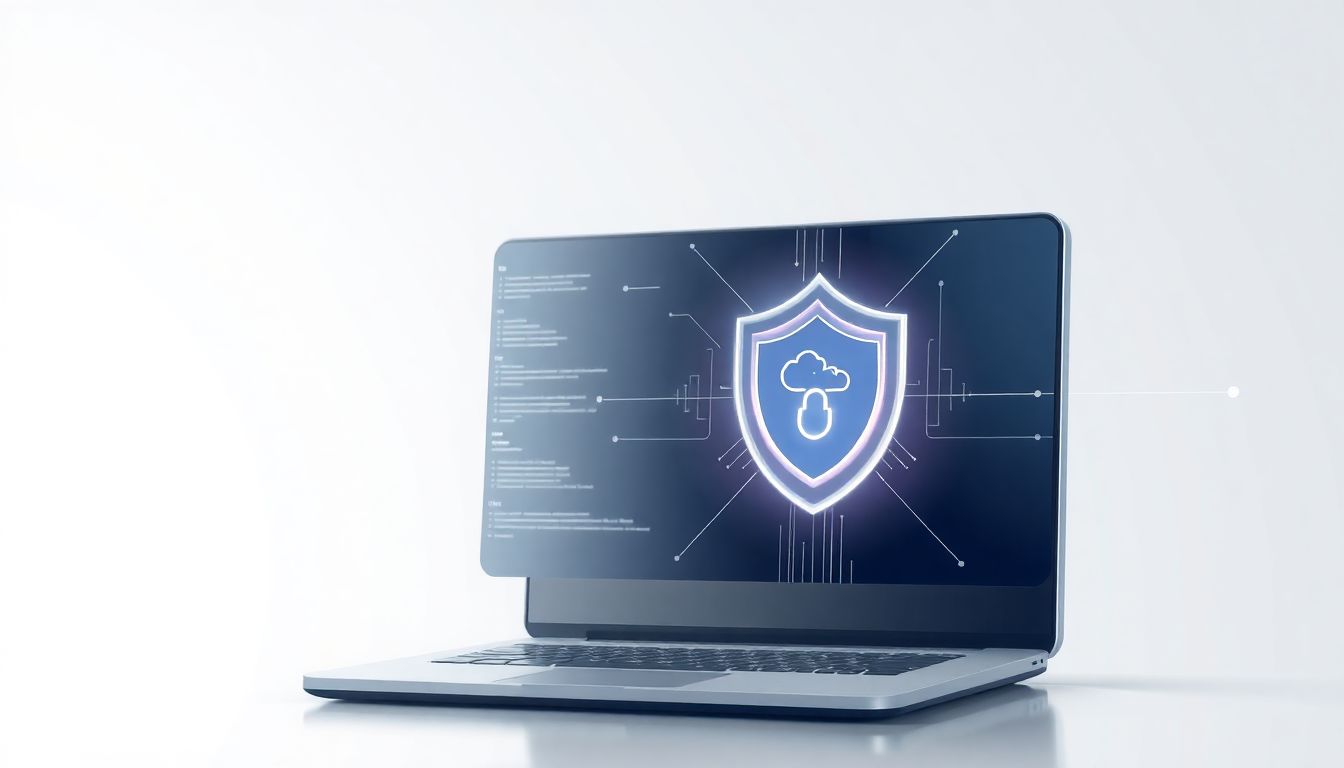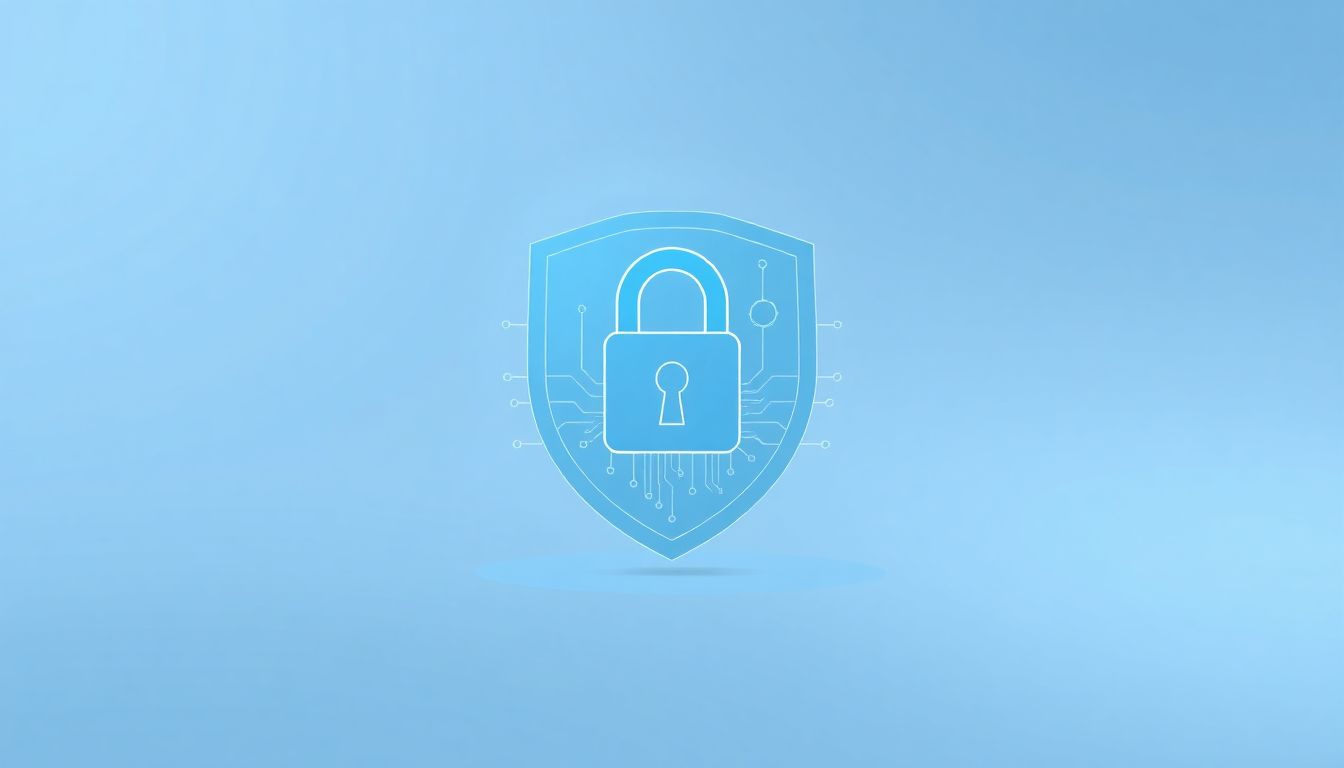Many people see AI cybersecurity training as a must-have for 2025, especially with AI-driven threats increasing and more organizations turning to AI tools. If you’ve ever felt overwhelmed trying to keep up or unsure where to start, you’re not alone. The good news is, by learning the right roles, skills, and practices, you can stay ahead of these digital dangers.
Keep reading, and you’ll discover resources, smart strategies, and ways to build strong defenses for AI systems. Whether you’re just starting out or looking to sharpen your skills, this guide will help you find the best training programs and stay updated on trends—all with some simple tips to boost your confidence in AI security.
In just a few minutes, you’ll see how to prepare for tomorrow’s challenges, find trusted programs, and even leverage platforms like sellaitool.com to turn your skills into opportunities. Ready to get started?
Key Takeaways
Key Takeaways
- AI cybersecurity training is essential in 2025 due to more sophisticated threats and increased use of AI security tools. Skilled professionals can identify vulnerabilities like data poisoning and model inversion that attackers exploit.
- Focus on continuous learning by updating training regularly, using real-world scenarios, and leveraging AI tools that personalize education to keep your team prepared for evolving threats.
- AI helps detect cyber threats faster by analyzing data in real time and automating initial responses, but human oversight remains crucial due to potential false positives.
- Building a security-aware culture involves involving everyone, sharing updates, promoting good habits, and using simulated attacks to enhance employee vigilance.
- Stay compliant with laws and industry standards by monitoring regulations, updating policies, and participating in relevant groups, which builds trust and avoids legal issues.

1. Understand Why AI Cybersecurity Training Is Essential in 2025
In 2025, AI-driven cyber threats are becoming more sophisticated, with success rates between 30-44%, meaning attacks are hitting their targets more often than ever before.
At the same time, about 42% of organizations are adopting AI security tools to help defend against these threats, which means relying solely on traditional methods is no longer enough.
That’s why having skilled cybersecurity professionals who understand AI systems is crucial—they can spot vulnerabilities like data poisoning or model inversion that attackers use to break into AI models.
Without proper training, even the best tools can be ineffective, leaving organizations exposed to costly breaches and data leaks.
In short, AI cybersecurity training isn’t just a good idea anymore; it’s a must-have for protecting digital assets in today’s fast-changing threat landscape.

8. Implement Practical Strategies for Continuous Learning and Security Improvement
If you want your team to stay ahead of AI-driven threats, making continuous learning a priority is key.
Start by setting up regular training sessions that are updated based on the latest threat intel and emerging attack methods.
Encourage your cybersecurity staff to subscribe to industry reports, attend webinars, and participate in workshops focused on AI security.
Integrate AI security best practices into daily routines—think of it like brushing your teeth: consistency matters.
Use real-world scenarios and simulations to test your defenses, especially when new threats pop up.
Monitor the effectiveness of your training efforts through quizzes, drills, and performance reviews, adjusting your approach as needed.
Leverage AI-powered tools that provide personalized learning paths and gamify the training process to keep your team engaged.
Remember, security is a moving target—what works today might not cut it tomorrow, so stay flexible and curious.
9. Understand the Role of AI in Threat Detection and Response
AI now plays a huge role in spotting unusual activities that could point to cyber threats.
Machine learning algorithms analyze vast amounts of data in real time, flagging anomalies quicker than traditional methods.
For example, tools like **Darktrace** use AI to detect zero-day exploits before they cause damage, acting as an extra set of eyes.
Security teams can set up AI systems to automate initial responses—like isolating affected systems—saving valuable response time.
This allows cybersecurity professionals to focus on more complex tasks that require human judgment.
But remember: AI isn’t perfect; it can generate false positives, so ongoing tuning and human oversight are necessary.
Understanding how AI helps in threat detection equips your team to interpret alerts effectively and act quickly.
So, be sure to choose tools that are transparent and provide clear reasoning behind alerts, making it easier to trust their insights.
10. Foster a Culture of Security and Awareness in Your Organization
Building a security-first mindset is crucial when dealing with AI-driven threats.
Start by making security a core value, not just a compliance checkbox—involve everyone from top executives to entry-level staff.
Regularly share updates about new threats, case studies, and success stories to keep everyone informed and motivated.
Encourage staff to question suspicious activities and report potential issues promptly—creating a culture of vigilance.
Implement simple policies like strong password habits, multi-factor authentication, and cautious handling of emails, all reinforced through ongoing training.
Use simulated phishing campaigns to test your employees’ ability to recognize scams pushed by AI tools.
Celebrating security wins, like catching an attacker early, can motivate your team to value ongoing education.
Remember, a security-aware culture can significantly reduce human-related vulnerabilities and complement your technical defenses.
11. Keep Track of Legislation and Industry Standards
Stay legal and stay ahead by keeping up with new laws, regulations, and industry standards related to AI and cybersecurity.
For example, many countries are strengthening data privacy laws, so knowing your compliance obligations is a must.
Organizations like the **US National Institute of Standards and Technology (NIST)** release guidelines that can help shape your AI security policies.
Regularly review and update your policies to align with changes in legal requirements and best practices.
Joining industry groups or forums can give you early insights into upcoming regulations or standards.
This effort isn’t about just avoiding fines but about building trust with customers and partners through responsible AI use.
Set a calendar reminder to review compliance documents periodically and integrate legal updates into your training.
Making compliance a part of your security culture ensures you’re not caught off guard when new laws arrive.
FAQs
AI cyber threats are increasing with a success rate of 30-44%. Organizations adopt AI security tools quickly, making skilled personnel essential to defend AI systems and prevent potential attacks effectively.
Professionals should have cybersecurity fundamentals and knowledge of AI tools like TensorFlow or PyTorch. Understanding AI risks such as data poisoning and model inversion is also crucial for effective defense strategies.
Incorporate security practices like DevSecOps and MLSecOps during development. Focus on safeguarding data privacy, preparing incident response plans, and maintaining the integrity of AI models to reduce vulnerabilities.
Options include ISC2 AI Security Certificate, WiCyS AI Learning Series, and MIT xPRO AI and Cybersecurity Strategies. These programs cover AI security tactics, risks, and management for different skill levels and professionals.